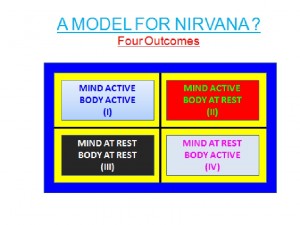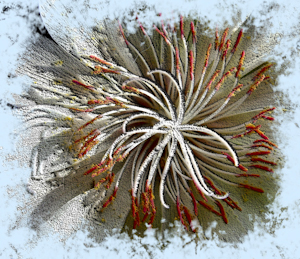Before going into a consideration of Deep Sleep, once again a small detour.
Dennis raised in an e-mail the question of Sleepwalking. Where would it fit in the Model?
Some people amble around in sleep and even hurt themselves. A few persons could commit heinous crimes in the state of somnambulism. A well-known case is that of Kenneth Park in 1987 when he strangulated his father-in-law and killed his mother-in-law. However, he was let out by the court on the ground that he was sleepwalking when he harmed and killed people. A similar case of acquittal also occurred in 1846. Apparently the body of the sleepwalkers is active but the mind seems to be asleep.
Neuroscientifically speaking, in the case of sleepwalking, the motor cortex of the brain is functional whereas the frontal lobe vested with executive functions is at rest. This means that a part of the mind (that propels the body to act) is active while the part responsible for reasoning and self-control is asleep. Continue reading


